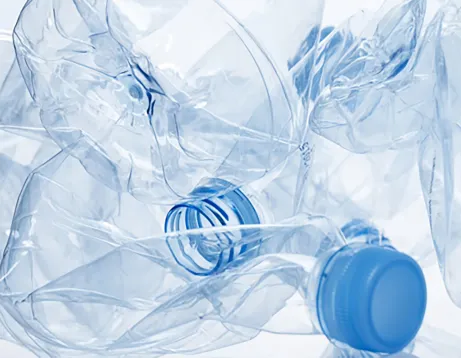The Role of Automotive Plastic Additives in Modern Vehicle Design
In the ever-evolving landscape of automotive manufacturing, the use of plastics and their additives has become increasingly prominent. Automotive plastic additives play a crucial role in enhancing the properties of plastic materials, making them more suitable for various applications within vehicles. These additives not only improve the performance and durability of plastics but also contribute to sustainability and cost efficiency.
The Importance of Plastics in Automotive Applications
Plastics have revolutionized the automotive industry over the past few decades. With their lightweight nature, plastics contribute significantly to reducing overall vehicle weight, which in turn enhances fuel efficiency and reduces greenhouse gas emissions. From interior components like dashboards and door panels to exterior parts such as bumpers and fenders, plastics offer flexibility and versatility in design that metals often cannot match.
However, unmodified plastics may not possess the desired properties for automotive applications. This is where automotive plastic additives come into play. These additives are used to tailor the characteristics of plastics, addressing various performance criteria, such as heat resistance, impact strength, UV stability, and flame retardance.
Types of Automotive Plastic Additives
1. Stabilizers These additives help protect plastics from degradation due to exposure to UV light, heat, and oxidation. UV stabilizers prevent discoloration and loss of mechanical properties when plastics are exposed to sunlight. Thermal stabilizers ensure that plastics maintain their integrity at elevated temperatures, which is critical for engine components and other heat-sensitive applications.
2. Flame Retardants Safety is a primary concern in automotive design, especially regarding fire hazards. Flame retardants are incorporated into plastics to reduce their flammability and slow the spread of fire, providing an added layer of protection for vehicle occupants.
automotive plastic additives

3. Reinforcements To enhance the mechanical properties of plastics, various reinforcements, such as glass fibers or carbon fibers, are added. These materials significantly increase tensile strength and stiffness, making plastics suitable for high-stress automotive components, such as structural parts.
4. Plasticizers These additives are used to improve the flexibility and workability of plastics, allowing for complex shapes and designs. Plasticizers can make materials less brittle, enhancing their performance in cold temperatures, a critical factor for many automotive applications.
5. Colorants and Additive Masterbatches Aesthetic appeal is essential in the automotive industry. Additives that provide color and finish are crucial for enhancing the visual aspects of vehicle interiors and exteriors.
Trends and Innovations
As the automotive industry faces increasing pressure to adopt sustainable practices, there is a growing focus on bio-based and recycled plastic additives. Innovations in biodegradable plastics and additives derived from renewable resources are paving the way for more environmentally friendly vehicles. Manufacturers are seeking alternatives that not only meet performance standards but also minimize environmental impact, aligning with global sustainability goals.
Moreover, advancements in nanotechnology are opening new avenues in the development of automotive plastic additives. Nanomaterials can enhance the mechanical and thermal properties of plastics, enabling the creation of lighter, stronger components. These innovations are particularly relevant in electric vehicles, where weight reduction plays a vital role in improving battery performance and overall efficiency.
Conclusion
Automotive plastic additives are indispensable in the pursuit of enhanced vehicle performance, safety, and aesthetics. They provide manufacturers with the tools necessary to develop innovative solutions that meet both consumer expectations and regulatory standards. As the automotive industry shifts towards sustainability, the role of advanced plastic additives will likely expand, leading to even more efficient, durable, and environmentally friendly vehicles. By leveraging the benefits of these additives, automakers can remain competitive in a market that is increasingly focused on innovation and sustainability. In conclusion, the integration of automotive plastic additives not only enhances vehicle performance but also plays a key role in shaping the future of the automotive industry.

